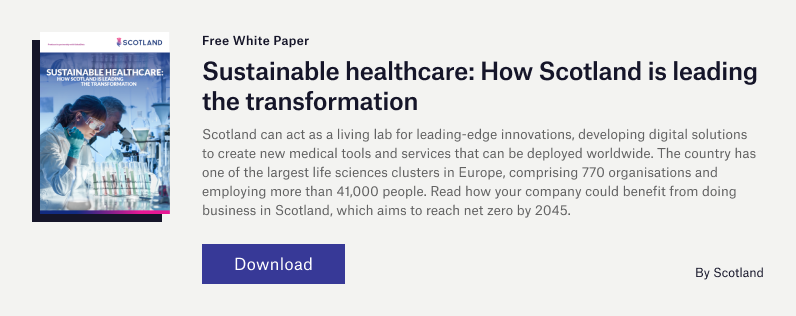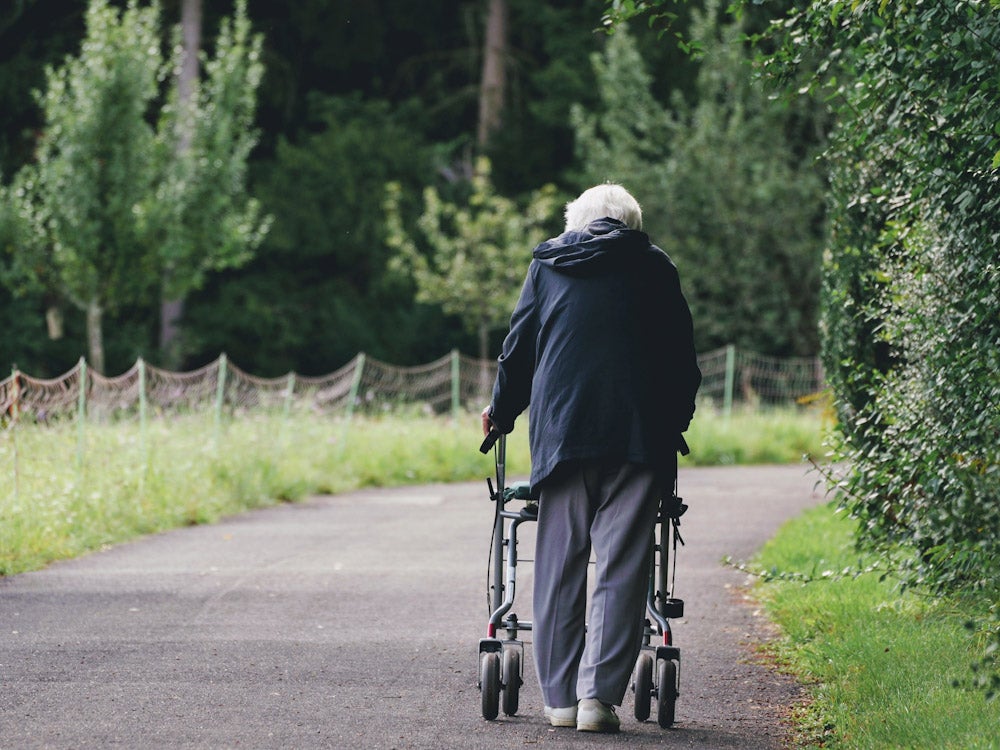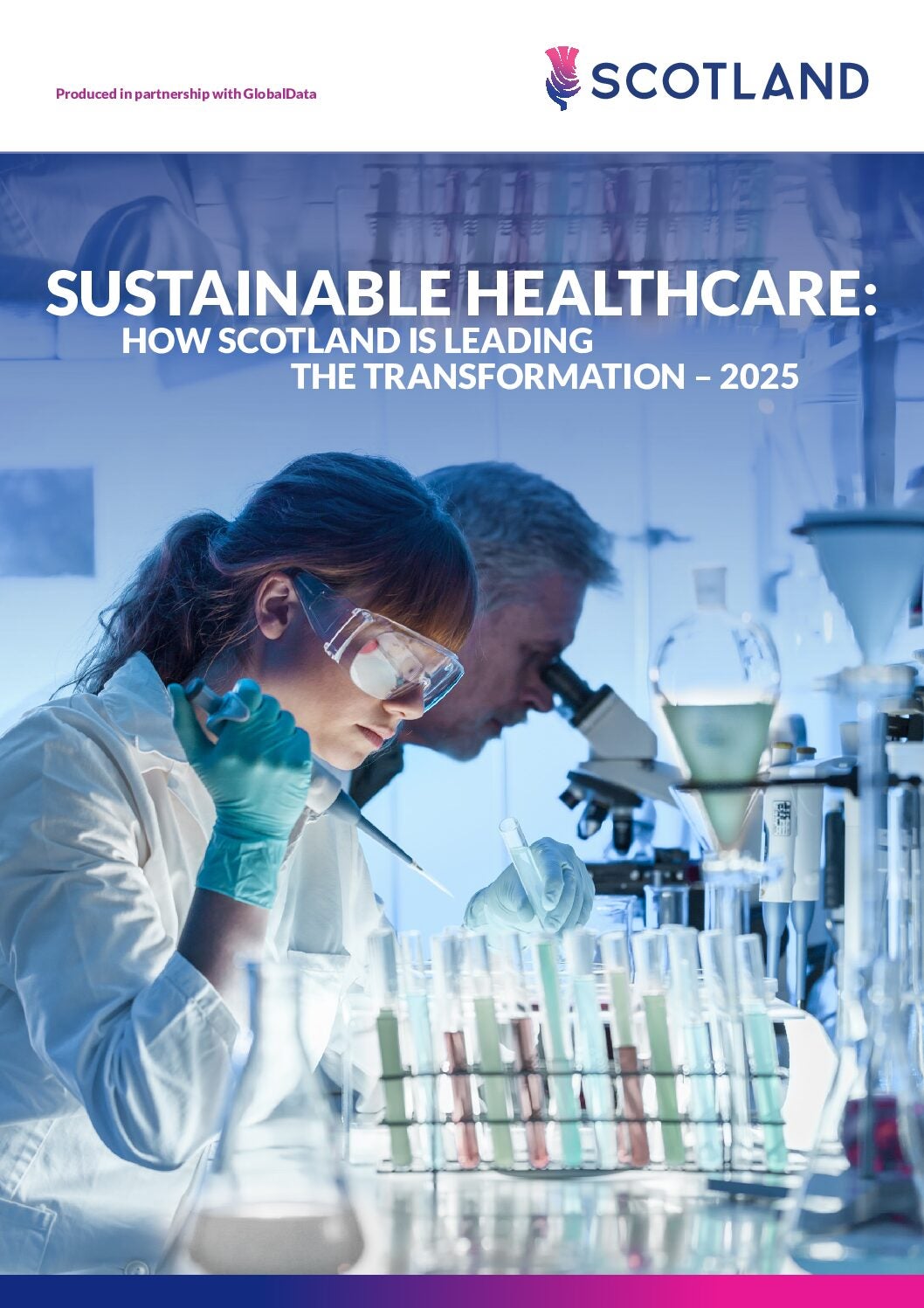
A growing ageing population presents many challenges for health services globally that are already buckling under the strain of recovering from Covid-19, and wearable tech is providing a solution.
Technology has now advanced to the extent that wearing a device can remotely monitor multiple vital signs such as heart rate, temperature, respiratory condition and blood pressure.

Too often, a patient or family member may avoid contacting a health professional until there is no alternative when a condition has reached a point where urgent treatment is required, whereas a remote monitoring device sends an alert to enable intervention during the very early stages of what could turn into a serious health event, helping to avert a crisis.
Building up data over time also allows for pinpointing when any health fluctuations occur and the monitoring of any changes. This decreases the need for hospital visits and related costs, freeing up vital time and resources for doctors and nurses to treat patients most in need.
A leading manufacturer of remote monitoring devices is the Scottish company, Waire Health. The Edinburgh-based business is attracting global attention for its advanced medical-grade devices for monitoring vital signs. Devices can detect early signs of health issues as diverse as sepsis and pneumonia, while also verifying the effectiveness of cancer drugs, providing physical activity readings for physiotherapy and enabling decentralised clinical trials.
“Healthcare systems around the world are stressed and don’t have enough capacity – and that is where we fill that niche and that gap,” explains Dave Hurhangee, CEO of Waire Health. “This is the way that healthcare has to shift. It doesn’t really have an option. Ireland, for example, is running at about 95% bed capacity. There is no more room. We have to do something.”
Remote monitoring technology for healthcare services
Waire’s SensArm device was developed, in part, through the EU Nightingale project, which is focused on smart monitoring solutions. The connected device uses AI to remotely monitor the health of individuals, personalising healthcare plans based on their medical profiles and relaying data to healthcare professionals. The AI even continues to work ‘off the grid’ to ensure that nothing gets missed even if a patient is experiencing signal problems in their area, with resyncing on a central server taking place once a connection has been restored.
One issue with using technology to monitor elderly patients has been that they can find it difficult to interact with an app or send readings themselves. However, Hurhangee explains how Waire’s technology avoids this issue entirely, with a device that has no buttons, screens or displays.
“You can’t always expect people to monitor themselves,” he says. “Quite a few of these other platforms expect an 85-year-old to take a StO2 (skeletal muscle oxygen saturation) reading and then type that into an app or go to a portal – and that just doesn’t work. You need a device that is autonomous and just works. All the person has to do is wear our device, nothing else, and we take care of the rest.”
Everything on the device is personalised according to the specific needs of the patient. The threshold for alarms may differ depending on the health profile of individual patients and is determined by a healthcare professional. For example, one patient may have naturally lower StO2 levels than another. These low levels may signal a need for medical attention in one patient but are consistent with another’s normal health profile.
Furthermore, monitoring patients when they come out of hospital helps to avoid any relapses or readmissions, effectively providing a safety net.
“A device like this… gives the patient comfort but it also gives the family members surrounding them that same reassurance,” says Hurhangee. “It takes that filtering work away from humans and is far more diligent. It doesn’t rely on shifts or who turned up for work that day. It is just always working.”
Scotland’s role in healthtech development
The potential of Waire’s monitoring devices has led to interest from healthcare providers in countries including the US, Canada, the Netherlands, and Ireland, and this internationally recognised technology began in Scotland.
Many international companies view Scotland as an invaluable environment for trialling and proving new health treatments. The country has one of the largest life science clusters in Europe and is also home to five of the top medical schools in the UK. This is alongside a closely aligned network of health experts, institutes, living labs, vast health databases and globally renowned universities with access to research funding, all working in tandem with the state-owned NHS.

Another key enabling factor is Scotland’s engineering talent and domestic supply chain. “Scotland has been an absolutely great place to do this, and we have all the electrical engineering talent because of the legacy of Silicon Glen,” adds Hurhangee.
During the development phase, Hurhangee describes how Waire engineers spent weeks collaborating in the factory and much of this happened during Covid restrictions. He says that if the work had been outsourced to South East Asia, for example, this close collaboration wouldn’t have been possible.
“We have the skills. We source as much of the materials as we possibly can locally, even packaging,” he notes. “Wherever we can do it locally, we do. It generally does speed up supply; things get to the factory quicker. Printing is done in Glasgow. When we need new packaging, it is really simple to get and it is quick. Otherwise, we would have to wait weeks for the supplies to arrive from China.”
Furthermore, Hurhangee explains how connections with Scottish universities have been essential for Waire in developing its remote monitoring technology.
“Having the academic excellence – we worked with the University of Strathclyde – has been really valuable,” he adds. “Again, the academic community, especially in the healthcare sector, has been particularly helpful for us to do everything locally.
“We don’t have to get our expertise from another country. There is a wealth of information in health on our doorstep and we take full advantage of it.”
Efforts are being made to make it easier for this Scottish expertise to be accessed by overseas markets.
On 22 November, the Scottish Government published a new plan to help Scotland’s life sciences sector grow its exports. Titled ‘An Export Plan for Scotland’s Life Sciences Sector’, the strategy was designed through a collaboration between the government, Scottish Development International and the Industry Leadership Group for Life Sciences.
The plan focuses on key areas to optimise export potential, which include working to expand the existing US customer base and identifying support mechanisms that can assist businesses in targeting emerging markets.
To learn more about the development and partnership opportunities for businesses within Scotland’s health sector, download the document on this page.



